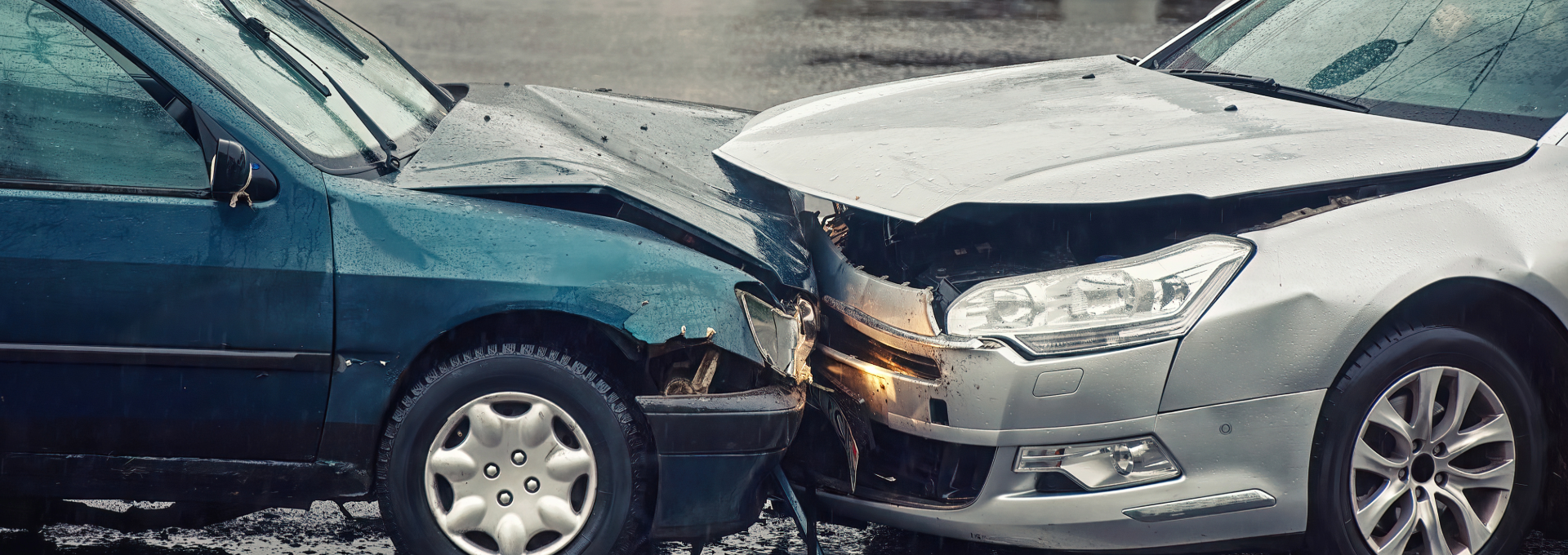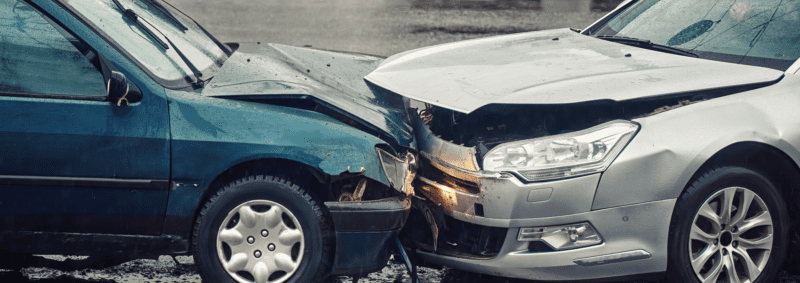In April 2023, the government announced that they would not build anymore smart motorways following concerns around cost and safety. However, the existing smart motorways will remain. We’re told that £900 million is being spent on existing smart motorways to improve safety.

Smart motorways are presenting an increasing challenge for insurers – who need to be aware of the different issues at play. That particularly relates to liability and the opportunity for recovery. Smart motorways are here to stay, so will feature in more and more claims. The statistics from National Highways show:
- Motorists are three times more at risk of being fatally or seriously injured following breakdowns on a smart motorway without a hard shoulder.
- The rate of ‘killed and serious injury’ (KSI) incidents during breakdowns on smart motorways with no permanent hard shoulder has increased by 10 per cent.
At least 79 people have been killed on smart motorways since they were introduced in 2010 with many more suffering major or minor injuries.
Smart motorways were designed to ease traffic flow, with some using the hard shoulder as an extra lane. They’re fitted with technology and features not seen on conventional motorways such as emergency areas (EAs) set-back from the carriageway, radar-based Stopped Vehicle Detection (SVD) and Red ‘X’ signals on gantries to close live lanes. As of April 2024, there are 396 miles of smart motorways.
Most of us will have heard about cases where the lack of hard shoulder has led to an incident. However, there have also been cases of technology failure. For example, a ‘computer glitch’ led to a six-car pile-up on the M6 after the safety system shut down in a catastrophic failure. A whistle blower claimed that the National Highways’ systems ‘crashed’, disabling radar technology that could pick up the broken down vehicle in the life-threatening incident which lasted for three hours (The Telegraph 17 February 2024).
The statistics show that between June 2022 and February 2024 there were 392 incidents when the technology lost power (Freedom of information request to the Highways Agency).
In April 2023, the government announced that they would not build anymore smart motorways following concerns around cost and safety. However, the existing smart motorways will remain. We’re told that £900 million is being spent on existing smart motorways to improve safety.
However, over the last 6 months there have been 174 power outages – almost one a day (Panorama April 2024). For motor insurers, the cost of such failings is considerable.
Crucially for insurers, statistics demonstrate that more serious injuries happen on these roads so the issue of liability in these cases becomes key.
Was the accident perhaps down to technology failure or poor design? If there was a breakdown of the vehicle, who is responsible for that? There are many options to consider from an insurer and legal perspective, but the investigation must be done in the right way and knowing what disclosure to secure is essential.
As leading experts in the field, HF are focused on taking practical steps to help insurers protect their customers and reduce motor premiums.
For help and advice in making sure all possibilities are considered in motorway accident claims, contact Nisha Hodges.
Related Insights

Calling Fleet Operators – The Rising Risks of Motoring Offences
A year on from the introduction of sentencing guidelines for driving offences in England & Wales we’re seeing the trends...

Unlocking OIC Portal Potential
Motor insurers are under significant pressure to deliver reductions in premiums. Whiplash reforms were intended to reduce premiums, yet they’ve...

Supreme Court Decision on Mixed Injuries
The Claims Industry is at a Pivotal Moment The Supreme Court has handed down judgment in the whiplash ‘mixed injury’...

Supreme Court Mixed Injuries Ruling – Apples and Pears or Apples and Smaller Apples?
On 20 February 2024, the Supreme Court considered how damages should be assessed where claimants are alleging both tariff-qualifying whiplash...




